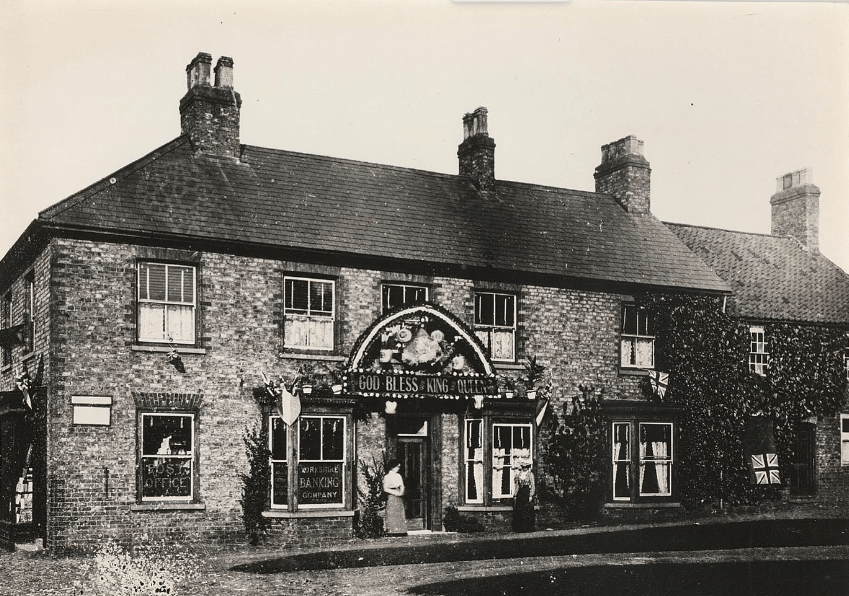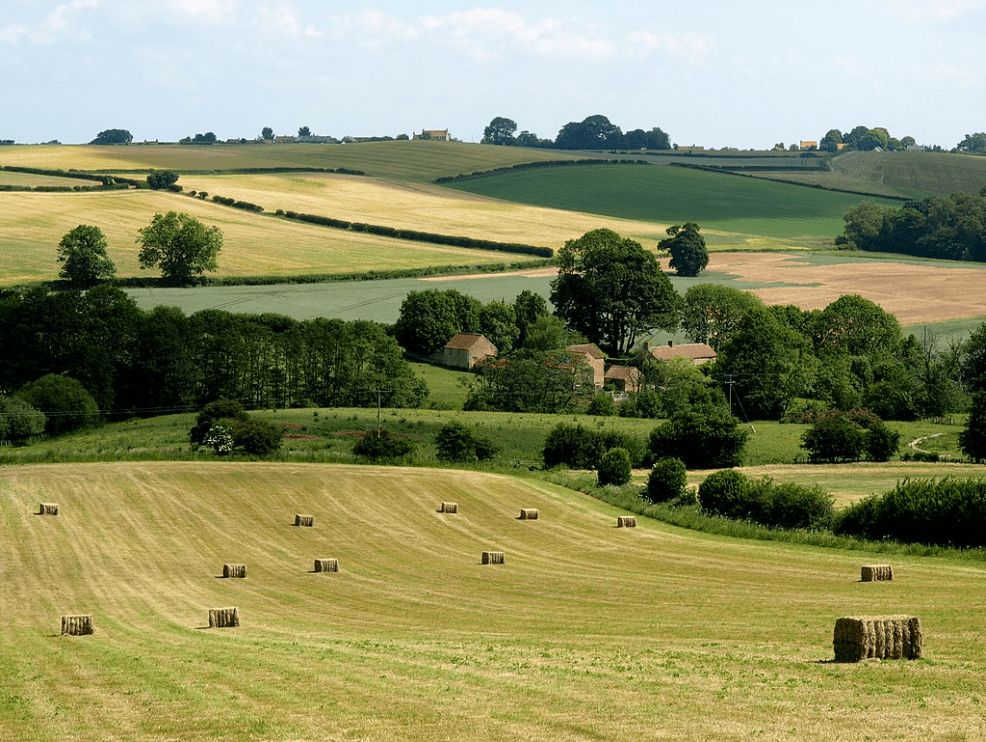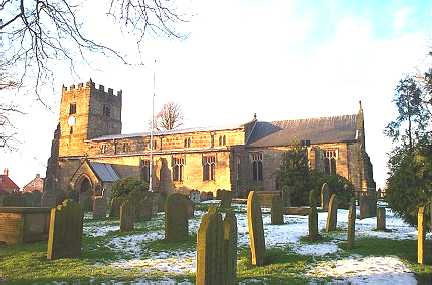The Colonel’s Ungovernable Governess is on preorder. Do you have your copy?

Rather than be forced to marry a man not of her choice, Miss Jocelyn Romfield runs away. She believes spending her life as a governess would be superior to a loveless marriage.
An arrangement has been made by his father for Colonel Edward Fitzwilliam to marry a woman related to his Aunt Catherine’s last husband, Sir Lewis de Bourgh. Yet, how is Fitzwilliam expected to court his future bride, who has proven to be elusive during each of his attempts to take her acquaintance, when the governess of his brother’s stepchildren fills his arms so perfectly?
Jocelyn has no idea the man she has purposely avoided is the same one who fills her heart with love.
Kindle https://www.amazon.com/dp/B0CZZCMWW7
Available to Read on Kindle Unlimited
Amazon https://www.amazon.com/dp/B0D11KC196
In this tale, where Colonel Fitzwilliam takes the lead and finds his true love, part of the action takes place in Easingwold, Yorkshire. It is the home of the young earl who both the colonel and Miss Jocelyn Romfield, his betrothed, mean to protect. I thought you might like to see something of Easingwold so you would have it in your mind while reading.
Easingwold is a market town and civil parish in North Yorkshire, England. Historically, part of the North Riding of Yorkshire, it is located about 12 miles (19 km) north of York, at the foot of the Howardian Hills.


Can you not imagine the colonel and Darcy riding across these hills?
The town is mentioned in the Domesday Book of 1086 as “Eisicewalt” in the Bulford hundred. At the time of the Norman Conquest the manor was owned by Earl Morcar, but subsequently passed to the King. In 1265, the manor was passed to Edmund Crouchback by his father, Henry III. The manor was caught up in the dispute between the 2nd Earl of Lancaster and Edward I and the manor passed back to the crown following the Battle of Boroughbridge in 1322 which resulted in the execution of the Earl at Pontefract. The manor was restored to the Earl’s brother some six years later, but he left no male heir, so the lands passed to his son-in-law, John of Gaunt in 1361. The lands were next granted to his son-in-law, Ralph Neville. Following the War of the Roses, the lands were declared forfeit to the Crown until 1633, when they were granted to Thomas Belasyse and subsequently became the possession of the Wombwell family.
The town is an amalgamation of two smaller villages, Uppleby and Lessimers. The former being a settlement, or -by of a Dane called Upple, and the latter being an Angle settlement on the lease-mires, meaning leased land frequently waterlogged.
The name of Easingwold is Anglo Saxon in origin, with wold being a derivation of wald meaning forest, and the former part being a Saxon family name, possibly Esa. King John had a hunting lodge there and the royal Forest of Galtres once surrounded the area.
The market place was the site of an old toll booth. The base of the old market cross still exists next to Easingwold Town Hall, which was built as a public hall. It replaced an old row of ‘shambles’ where butchers sold their wares. The market place was also the site of a bullring used for baiting. Records show that markets have been held in the town since 1221, but were formalised under letters patent from Charles I.
Under the Poor Law Amendment Act 1834 a Poor law union was established in Easingwold in 1837. The town had a workhouse built in 1756 on Oulston Road.
The town is the focal point for many nearby villages and the nearest larger settlements are York 12 miles (19 km) to the south; Boroughbridge 8 miles (13 km) to the west; Thirsk 10 miles (16 km) to the northwest and Malton 16 miles (26 km) to the east. The highest point in the town is at the town’s edge on the Oulston Road at 200 feet (60 m).

A church in the town is dedicated to St John and All Saints. There has been a church here since Saxon times, though the present building dates from the 15th century. In my tale, this is where the colonel and Miss Romfield marry. It will be easier for you to view that scene in your head now.
GIVEAWAY: To enter the giveaway, leave a comment on this post or any posts associated with the book’s release. Winners will be chosen on May 9 and presented their prizes on May 10, 2024, when the book releases. I am picking (rather Random.org is picking) three winners. Good luck!




Enjoyed learning more about Easingwold. Congrats on the release!
I like the history to be clear for readers.
Thank you for sharing the photos as they always seem to help me make sure that I am seeing things as the author does.
I download photos, maps, etc., to have at hand when I am writing scenes. I recently set two different stories in Ireland (a novella for a summer anthology and Taming Lord Truist, a Regency which comes out in August). I have so many files right now because they are both being edited, and I may need to return to them if something does not make sense to the editor.
Thanks for the photos. The countryside is not what I’m used to seeing in my location!
I have set quite a few of my Regency stories in Yorkshire.
Interesting! Love the pics. Is it May 10 yet? Can’t wait to dive in to The Colonel’s story!!
I am eager to learn what others think of the colonel in this tale.
Interesting! Love the pics. Is it May 10 yet? Can’t wait to dive in to The Colonel’s story!!
Thanks for highlighting pictures of Easingwold and the surrounding areas, Regina. I will be sure to look back at this post when I read <i>The Colonel’s Ungovernable Governess</i>.